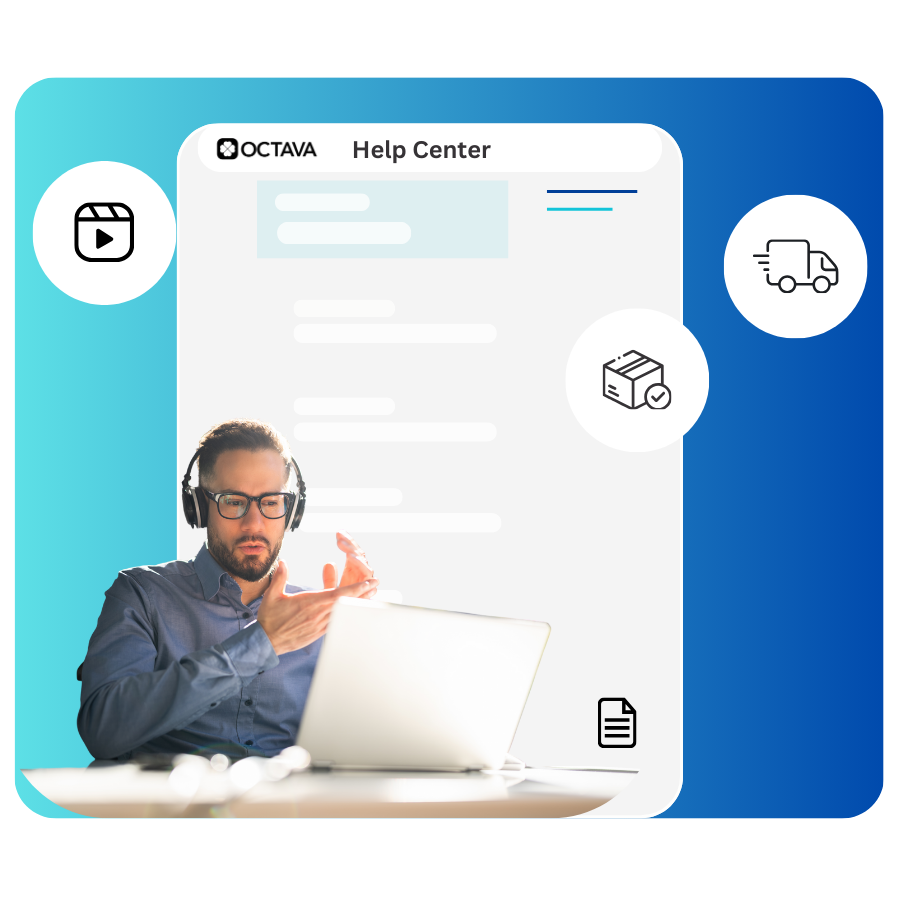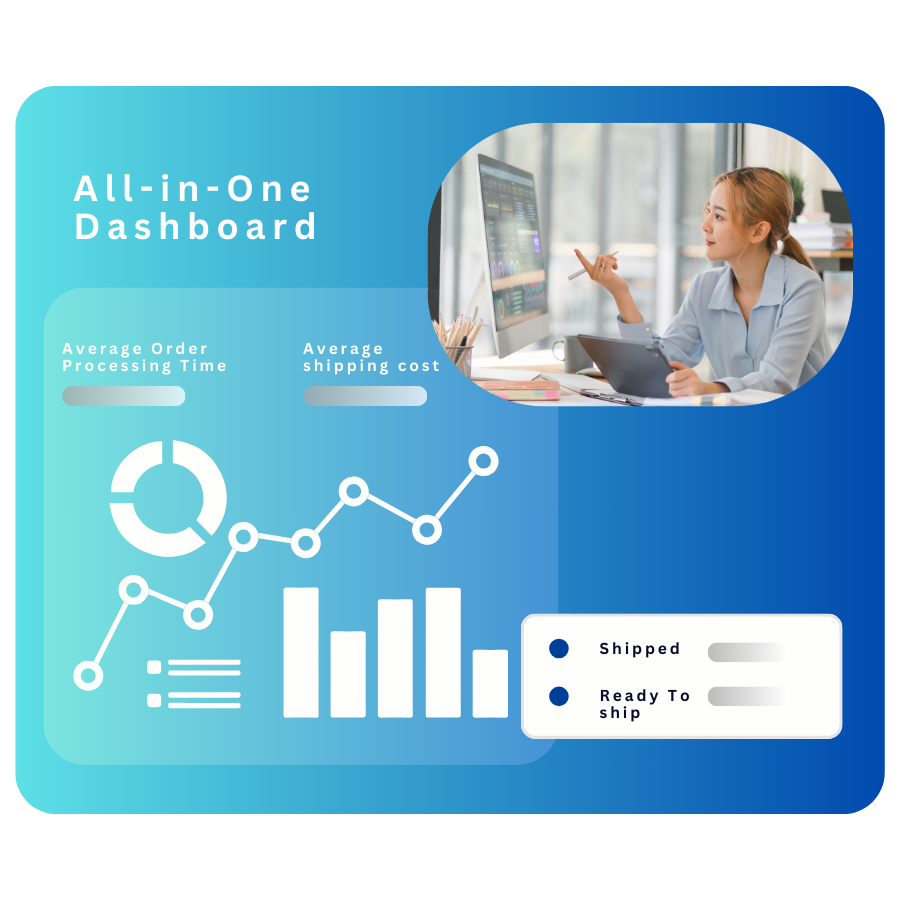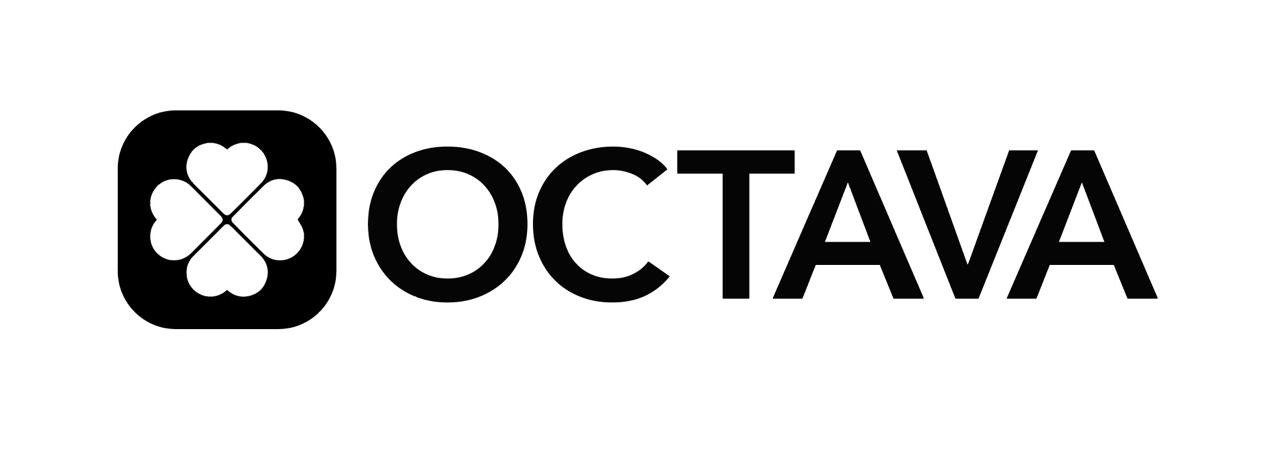Micro-Fulfillment Implementation Roadmap

Start optimizing today—our proven formula makes success achievable from day one
Whether you’re a growing eCommerce brand, a 3PL, or a retailer expanding into micro-fulfillment, this roadmap will walk you through everything you need to know.
From evaluating your business needs to setting up flexible, scalable systems, we’ll show you how to implement micro-fulfillment without complexity, large order volume requirements, or long lead times.

Phase 1:
Assessment & Planning
1. Evaluate Business Needs
• Order volume (small or large—Octava handles both)
• Types of products
• Existing fulfillment challenges
2. Space & Infrastructure Review
• Identify available spaces: backroom, dark stores, underutilized areas
• Determine if modifications are needed (with Octava, minimal to none)
3. Define Objectives & KPIs
• Delivery speed goals (same-day, next-day)
• Storage capacity targets
• Cost reduction expectations
Phase 2: Solution Design
1. Modular System Layout
• Customizing Octava’s flexible system to fit any space (small or large)
• Dense storage configurations for maximum efficiency
2. Technology Integration
• WMS setup for real-time inventory tracking
• Carrier and shipping label integrations
• Optional automation add-ons


Phase 3:
Implementation
1. Rapid Deployment
• Quick setup process—operational from Day 1
• Minimal downtime, no need for large-scale construction
2. Staff Training
• Simple, user-friendly systems
• Minimal training for your team
• Optional self-service portal for clients
Phase 4: Go-Live & Optimization
1. Launch Operations
• Start processing orders immediately
• Track fulfillment performance in the Octava Dashboard
2. Continuous Improvement
• Monitor KPIs (order processing time, cost per order)
• Adjust workflows as needed
• Scale easily as demand grows


